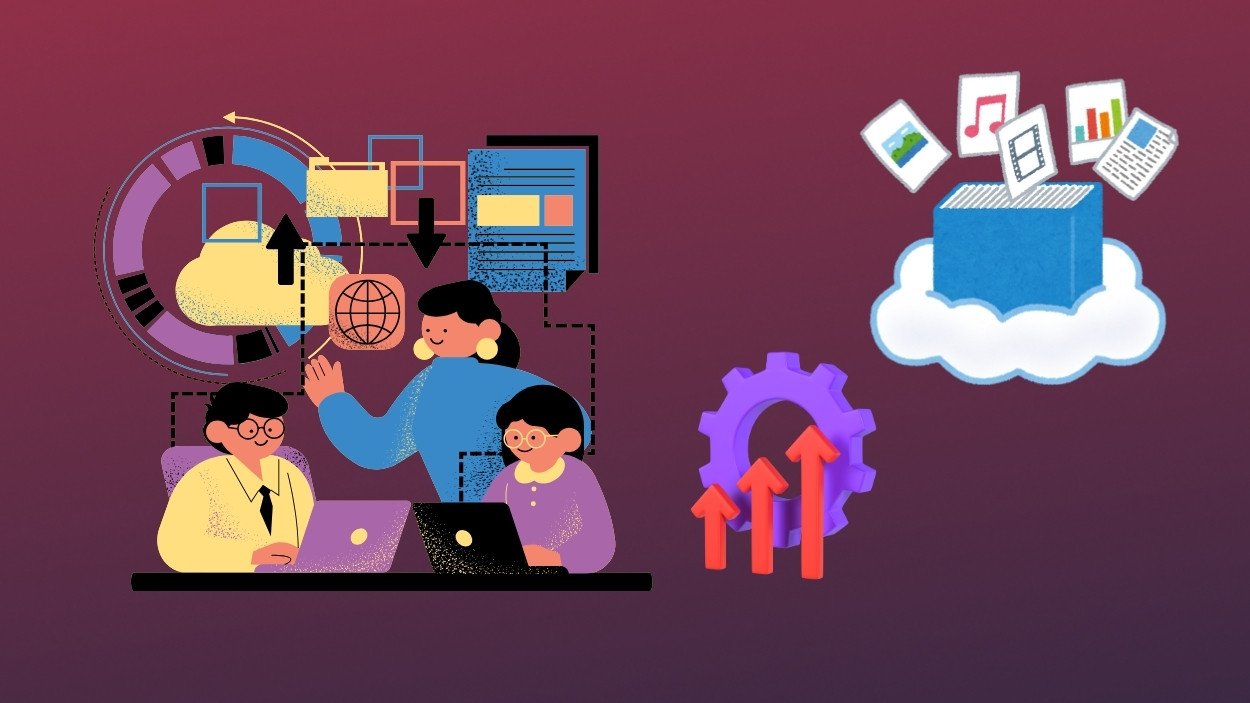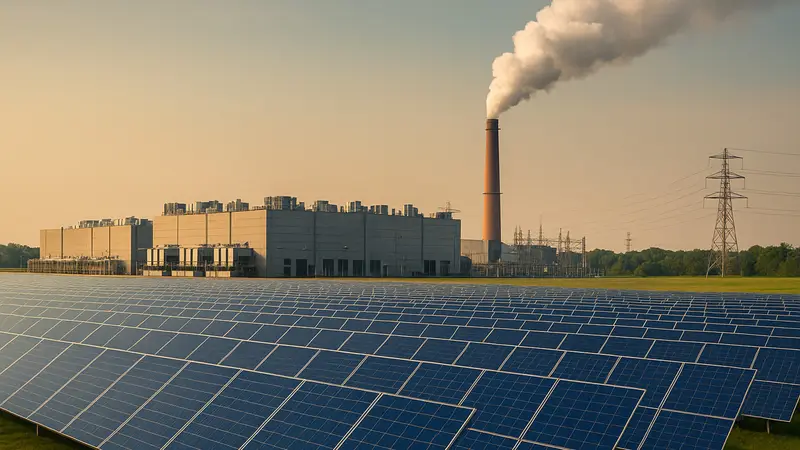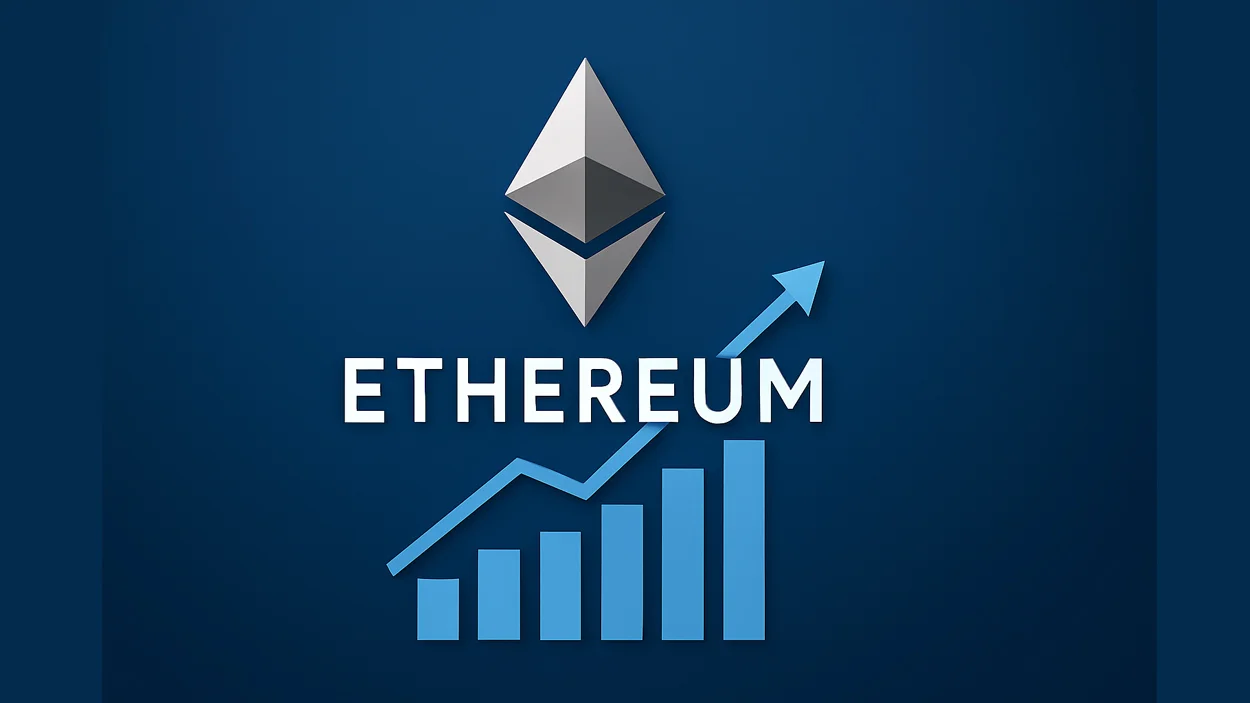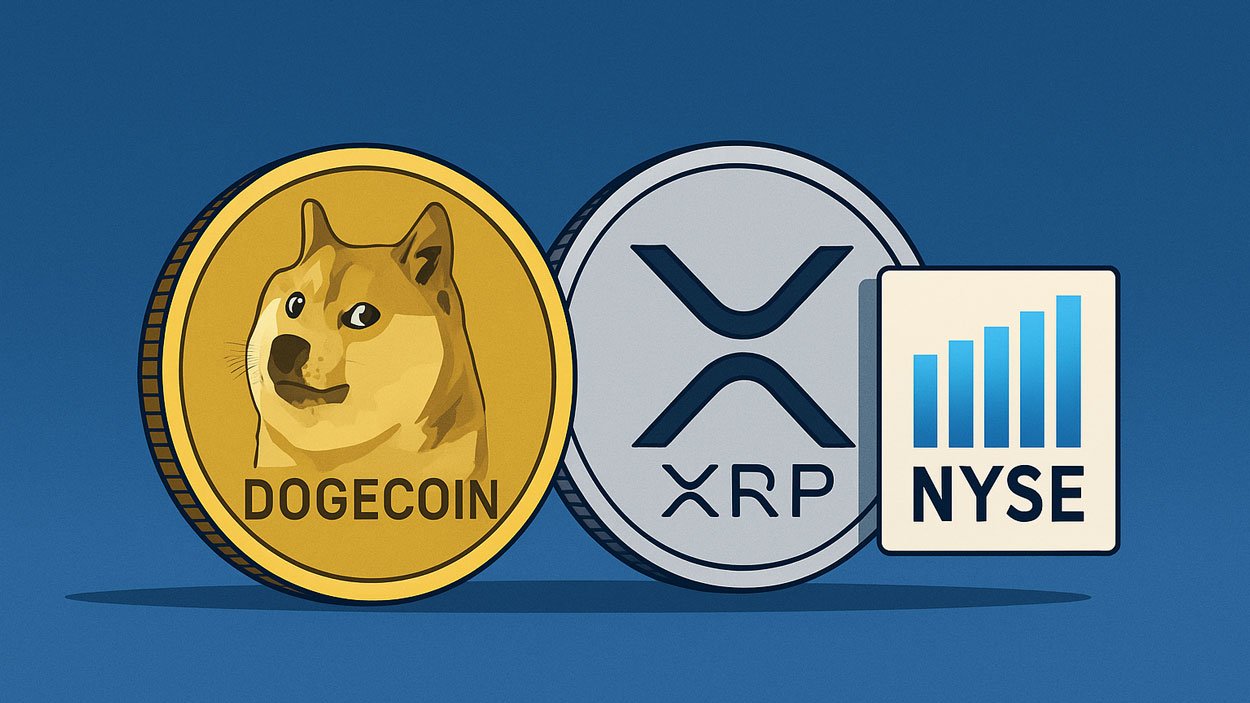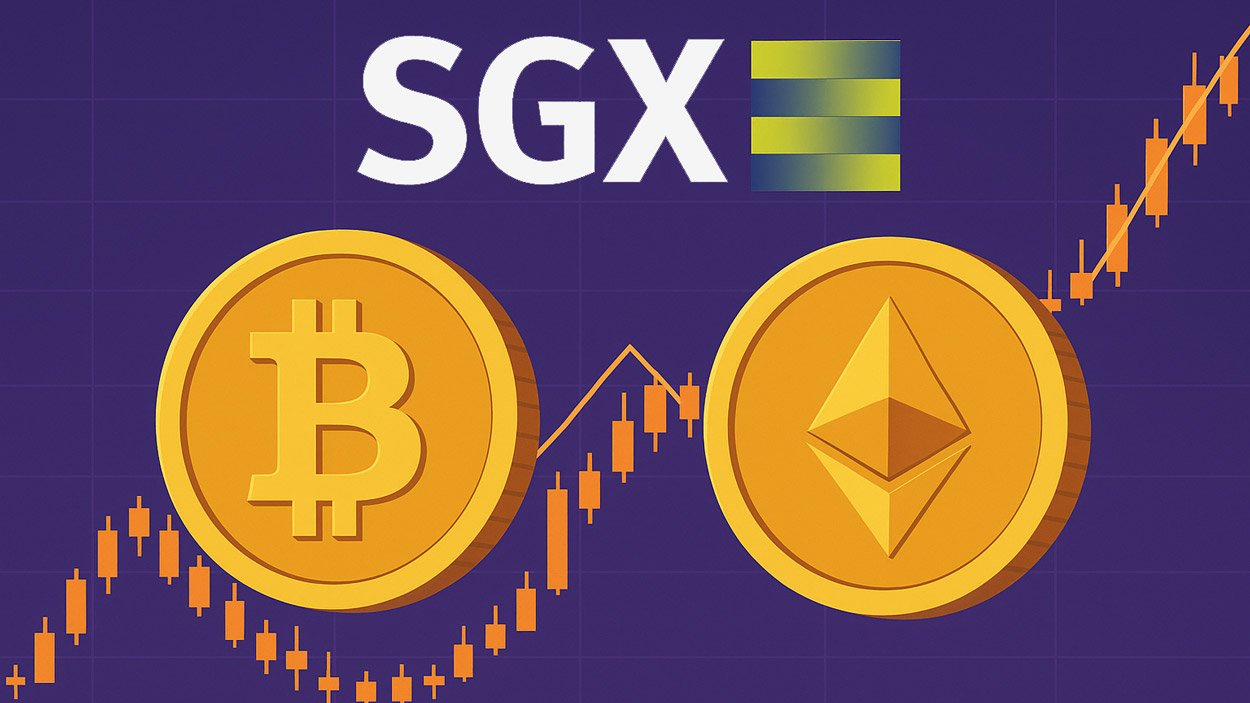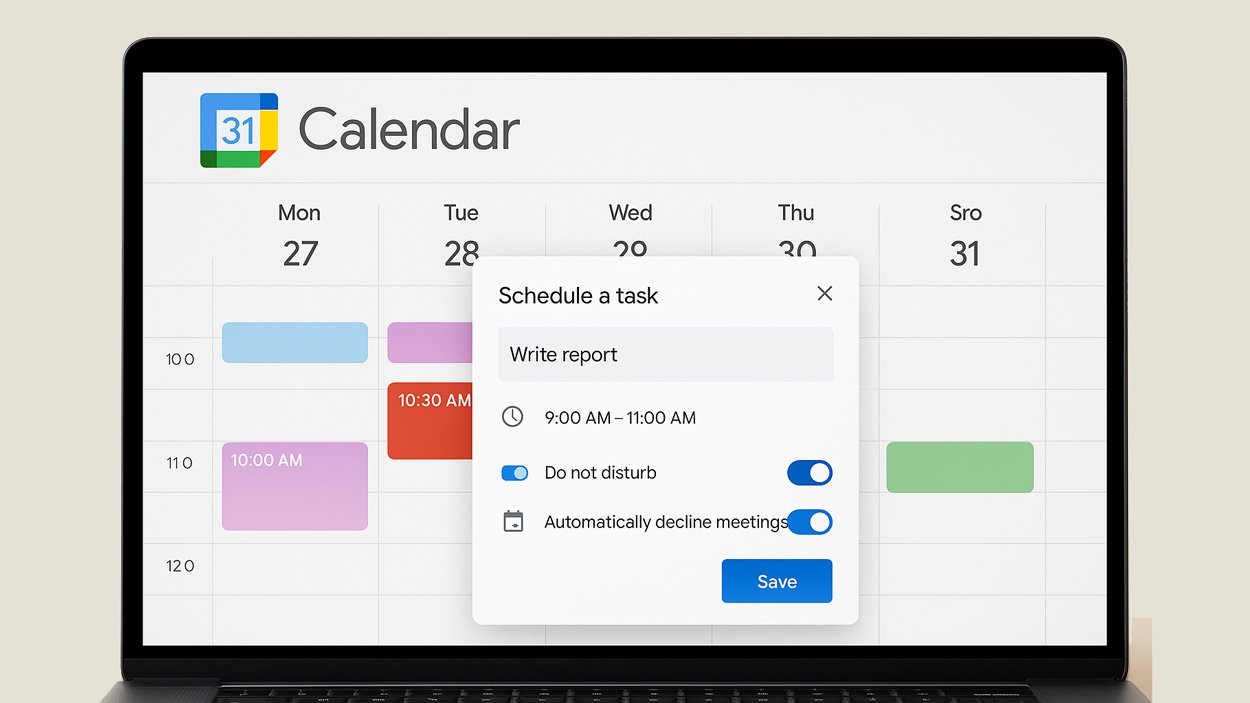The global internet landscape reached a pivotal point, with many people connected to the web and digital access shaping business, education, and commerce in profound ways. For example, a major retailer uses this connectivity to run real-time inventory and engage customers worldwide, while a rural telehealth provider leverages broadband access to deliver services across remote communities. In the sections that follow, you’ll find a detailed breakdown of the latest internet statistics and trends around the world.
Editor’s Choice
- 5.56 billion people were using the internet at the start of 2025, representing about 67.9% of the global population.
- Nearly 2.6 billion people remained offline in 2024 despite growth in access.
- Average daily time spent online climbed to about 6 hours and 39 minutes in 2025.
- Mobile device traffic accounted for roughly 59.2% of web traffic in 2025.
- Northern Europe had the highest regional internet penetration at about 97.7%.
Recent Developments
- The fifth edition of the GSMA Intelligence report on mobile internet connectivity emphasises “meaningful connectivity,” which includes affordability, skills, and relevant services.
- Global traffic growth accelerated, a study of 472 Internet Exchange Points found a ~49.2% increase in peak daily aggregate traffic between 2023-24.
- The “Digital 2025” report from We Are Social noted broadening online behaviours and evolving platforms shaping the digital landscape.
- Many countries shifted focus from mere access to quality of connectivity, speed, reliability, and the mobile vs fixed mix is now key.
- Growing investment in 5G infrastructure is enabling higher speeds and mobile broadband uptake across multiple markets.
- Emerging market adoption rates continue to rise, albeit from a lower baseline, thereby shaping the next phase of global internet growth.
Most Popular Internet Categories Among Users
- Videos, audio, and software dominate with 44.4% of total internet usage.
- Communication and social media follow with 22.1%, led by messaging apps and social networks.
- Games make up 13.7%, reflecting strong online gaming engagement.
- E-commerce and finances represent 13.5%, showing steady growth in digital shopping and banking.
- News and media capture 4.1%, despite high global information demand.
- Other categories account for 2.2%, covering less common online activities.
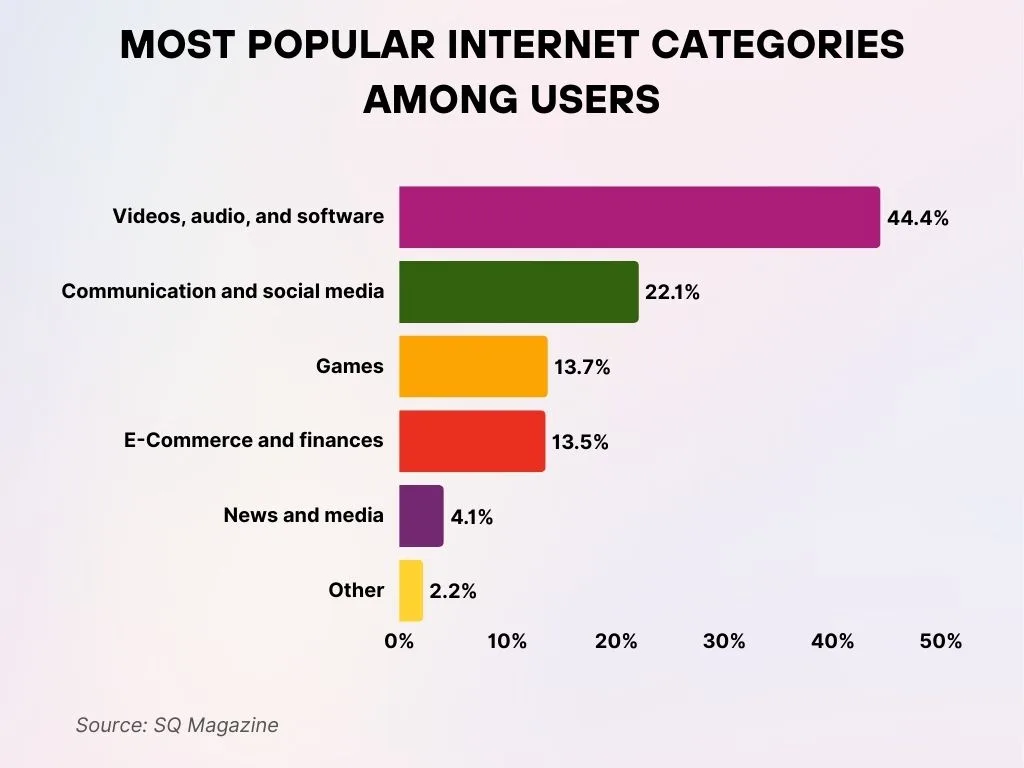
Global Internet User Growth
- In 2025, the number of internet users worldwide stood at 5.56 billion, up from ~5.44 billion in 2024.
- That equates to about 67.9% of the world population online at the start of 2025.
- In 2024, the figure was approximately 68% of the global population according to the International Telecommunication Union (ITU).
- Growth slowed compared with early-decade doubling rates.
- The offline population in 2024 was ~2.6 billion people, a significant but shrinking share.
Countries With the Most Internet Users
- China held the largest number of internet users, estimated at over 1 billion + in 2024/25.
- India was second, with ~881 million users in one estimate.
- The United States reported ~322 million internet users in early 2025, representing ~93.1% penetration.
- Indonesia, Pakistan, and Brazil follow in ranking by user count.
- Countries like Saudi Arabia and the United Arab Emirates reached ~99% penetration.
- In populous markets, despite high user counts, penetration remains below saturation (e.g., India, China).
- The share of global internet users residing in East Asia was ~23.3% in one recent analysis.
E-commerce Platform Usage Across the Internet
- Shopify leads with 25% of websites using e-commerce technologies.
- WooCommerce Checkout powers 20% of e-commerce-enabled sites.
- Wix Stores holds 13%, popular among small businesses and creators.
- Squarespace Add to Cart has 11%, favored by design-focused sites.
- Ecwid captures 6%, catering to niche and embedded commerce users.
- Other platforms account for 25%, reflecting a diverse mix of additional solutions.
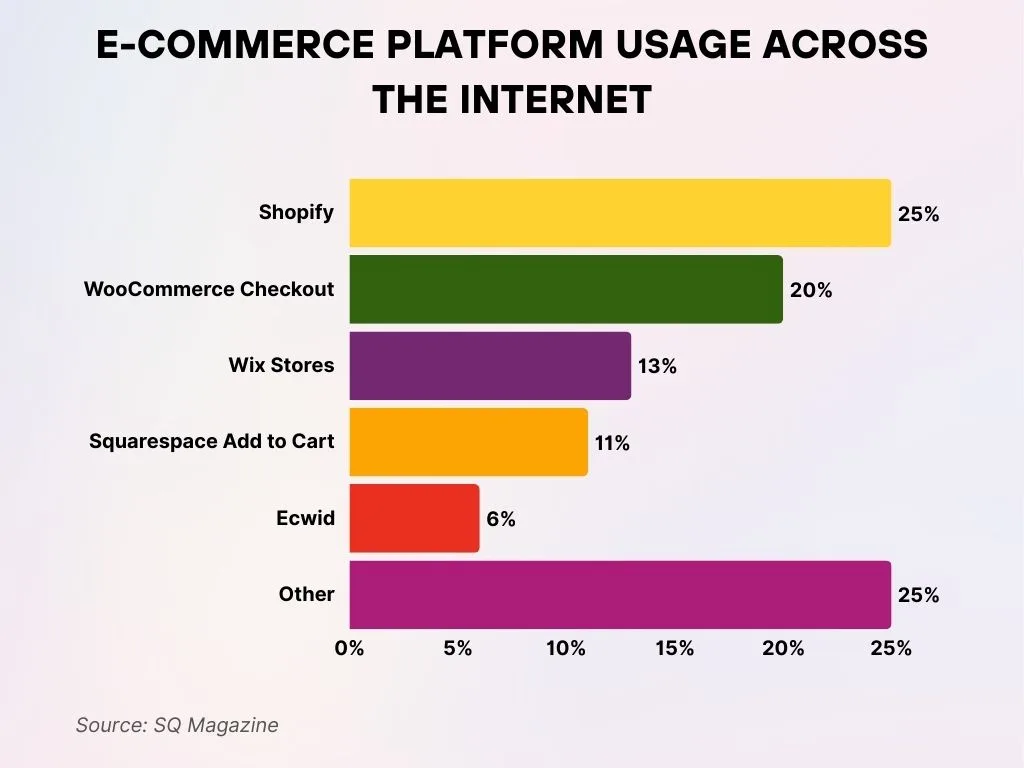
Least Connected Regions and Digital Divide
- Around 2.6 billion people remained offline in 2024, about 32% of the global population.
- Of those offline, ~1.8 billion were in rural areas.
- In least-developed countries (LDCs), the use rate was ~35%.
- In the Central African Republic and South Sudan, internet adoption remained under ~15%.
- Mobile internet gaps, in one survey, rural users were shown to use data 28% less than urban users.
- Affordability, digital literacy, and infrastructure continue to uphold the divide rather than just raw availability.
Rural vs. Urban Internet Access
- Globally, 83% of urban dwellers used the internet in 2024 versus 48% in rural areas.
- Of the 2.6 billion non-Internet users, 1.8 billion live in rural regions compared to 800 million in urban areas.
- The urban-rural internet usage gap ratio has stayed around 1.7 globally for the past four years.
- Rural adults use mobile internet 28-29% less than urban adults on average.
- Internet penetration in rural Indonesia is projected at 74% for 2024, while urban penetration stands at 82.2%.
Internet Access at Home for Under 25s by Income Group
- Low-income countries: only 6% have home internet, while 94% do not.
- Lower-middle-income countries: 15% have access, and 85% remain without it.
- Upper-middle-income countries: 56% have home internet, while 44% do not.
- High-income countries: 87% have access, with just 13% lacking it.
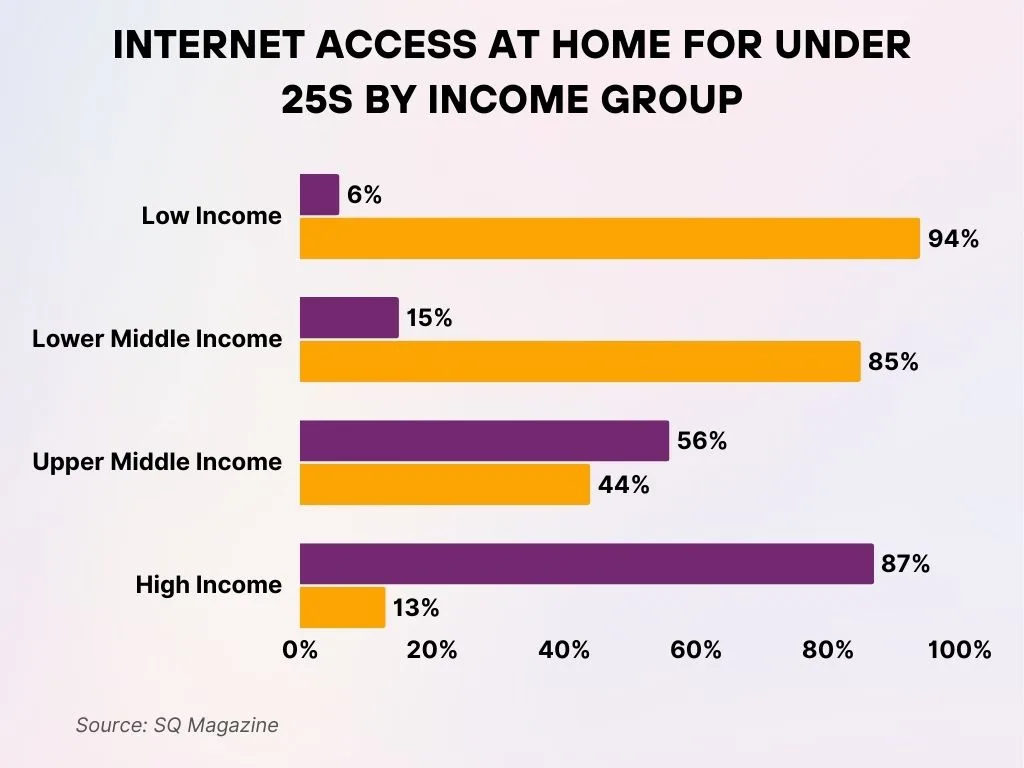
Fixed and Mobile Broadband Usage
- Fixed broadband subscriptions per 100 inhabitants are around 34 in advanced economies versus 11 in emerging markets (2024).
- Mobile broadband subscriptions per 100 inhabitants reached 102 globally in early 2025, nearly matching total mobile cellular subscriptions.
- Mobile devices generated approximately 59.2% of global web traffic in 2025.
- Fixed broadband deployment costs in rural regions are estimated to be 2-3 times higher than in urban areas, limiting uptake.
- The average mobile broadband download speed in the Philippines was about 35.6 Mbps in early 2025, while fixed broadband averaged 93.7 Mbps.
- Global fixed broadband connections increased by 25% from 2021 to 2025, driven mainly by fiber and fixed wireless access.
- The use of multiple connected devices per household increased broadband data consumption by 40% between 2023 and 2025.
Internet Speed Trends
- In the United States, median mobile download speed via cellular data at the beginning of 2025 was ~123.6 Mbps, and fixed broadband was ~262.6 Mbps.
- Global average broadband speeds continue to rise, though with large disparities between countries and between fixed and mobile.
- In the Philippines at the start of 2025, the median mobile download speed was ~35.6 Mbps, and fixed ~93.7 Mbps.
- In many developed economies, fixed broadband speeds of 100 Mbps+ and mobile speeds of 50-150 Mbps are becoming standard.
- Speed growth remains constrained in some rural and low-income markets by infrastructure, cost, and regulatory challenges.
- Demand for higher bandwidth usage (video streaming, gaming, remote work) is driving investments in 5G and fibre networks.
- Speed trends signal the quality of online experience, not simply access, thus speed improvements are becoming a key metric in connectivity efforts.
Bundling with Home Internet Service
- 53% of users bundle their home internet with cable, showing that traditional TV services remain the most common add-on.
- 24% of users bundle with mobile plans, reflecting growing interest in converged connectivity packages.
- 23% of users opt for a combined mobile and cable bundle, indicating demand for all-in-one connectivity solutions.
- The data highlights that over three-fourths of users (77%) prefer some form of bundling, signaling strong cross-service integration trends in 2025.

Online vs. Offline Population
- As of early 2025, roughly 68% of the global population was online, while ~32% remained offline.
- About 2.6 billion people were offline in 2024.
- Many offline individuals live in rural areas; ~1.8 billion rural residents were offline in 2024.
- The offline population is increasingly concentrated in certain regions and demographics (rural, female, older, lower income).
- Closing the offline-online divide is central to achieving universal meaningful connectivity.
Mobile Internet Usage Statistics
- In 2025, mobile devices accounted for about 59.2% of total web traffic.
- Users spent ~6 h 38 m online daily in 2025.
- Smartphone-only households in the United States reached ~22% in 2025.
- In 2024, many markets reported that mobile broadband coverage reached >80% of the population, but meaningful usage lagged.
- Emerging markets often skip fixed broadband entirely and rely on mobile internet as primary access.
- Mobile-only internet usage is particularly high among younger demographics in both developed and developing markets.
- App usage dominates mobile internet, for instance, globally, ~86% of smartphone internet time via apps in 2025.
- Barriers to mobile internet adoption include device cost, data cost, skills, and local language content, especially in low-income/rural contexts.
Top Reasons for Internet Use
- 62.8% of adult internet users go online primarily to find information in 2025.
- Around 78.9% of internet users use the web to maintain personal relationships.
- About 28.5% of internet users watch live streams at least weekly in 2025.
- Social media platforms reach over 97% of connected adults monthly worldwide.
- Remote work accounts for about 22% of American jobs by 2025.
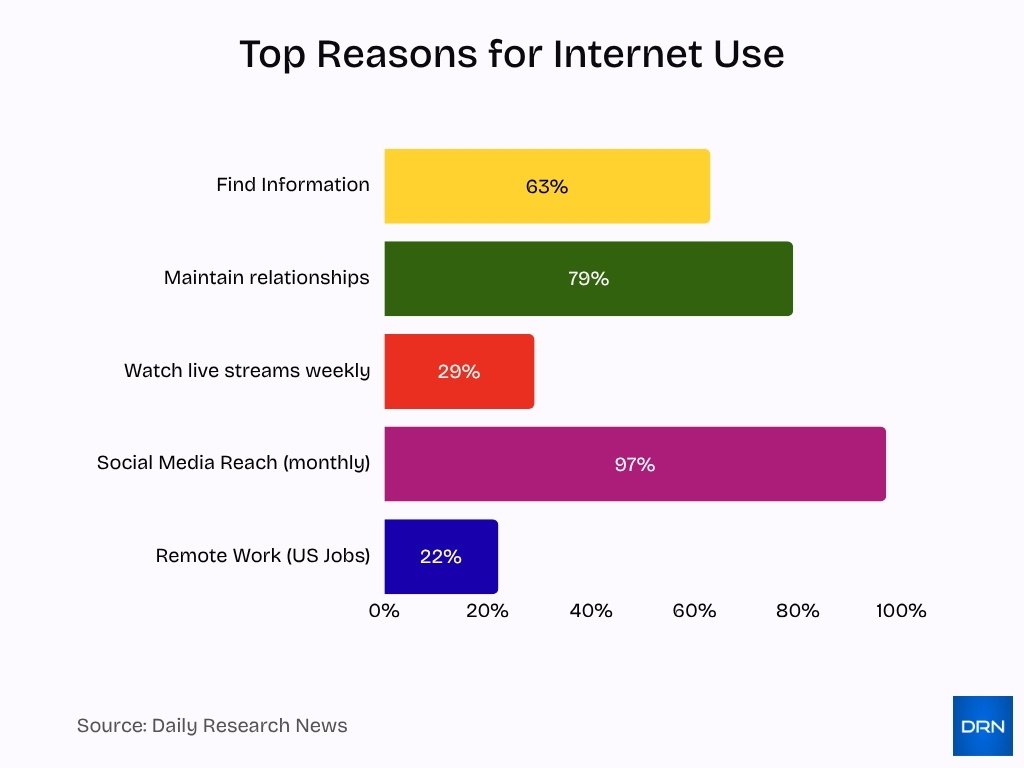
- Over 3 billion people globally use WhatsApp, the leading messaging app in 2025.
- Online learning participation increased by 25% globally, driven by remote education.
- Digital banking usage surged, with Australians making $160 billion in mobile wallet payments in 2024.
- 80% of gamers aged 16-24 played online in 2024, showing high engagement among youth.
- Mobile devices are the leading access point for internet use in over 70% of countries globally.
Demographics of Internet Users
- Globally, males had an internet usage rate of ~70%, compared with ~64.4% for females as of April 2024.
- Individuals aged 15-24 were among the most connected, with 77% actively using the internet in 2025.
- In the U.S., ~96% of adults reported using the internet in 2024-2025.
- In the U.S., the median age in early 2025 was 38.5 years.
- In the U.S., about 93.1% of the population were internet users at the start of 2025.
- Across age groups globally, older adults (65+) remain the least connected compared to younger cohorts.
- In Canada, early 2025 data show Instagram’s adult ad-audience was ~59.6% of adults 18+ and slightly more female than male (54.0% female vs 46.0% male).
- The gender gap in internet use is wider in least-developed countries than in high-income countries.
- The “older you are, the less likely you are to use the internet” pattern persists globally.
Daily Time Spent Online
- The global average internet user spent roughly 6 hours and 39 minutes online per day in 2025.
- That time rose from about 6 h 31 m in the previous year.
- In the United States, weekly usage among teens reached ~52 hours in 2025.
- Smartphone screen time averaged ~4.8 hours/day in 2025 in one study.
- The bulk of online time is moving toward mobile devices rather than desktops.
- Video streaming, social media, and gaming accounted for a large share of the time spent online globally.
- The increasing online time signals growing reliance on the internet for work, education, social connection, and entertainment.
- Higher usage rates also highlight the importance of internet quality, speed, and reliability for user experience.
Gender and Age Distribution Online
- On Instagram globally in 2025, 49.4% of users were female and 50.6% male; the largest age group was 18-24 (31.7%).
- On TikTok in 2025, 44.3% female, 55.7% male; largest age group, 25-34 (35.3%).
- In Canada (early 2025), YouTube’s adult ad audience was ~50.2% female vs 49.8% male.
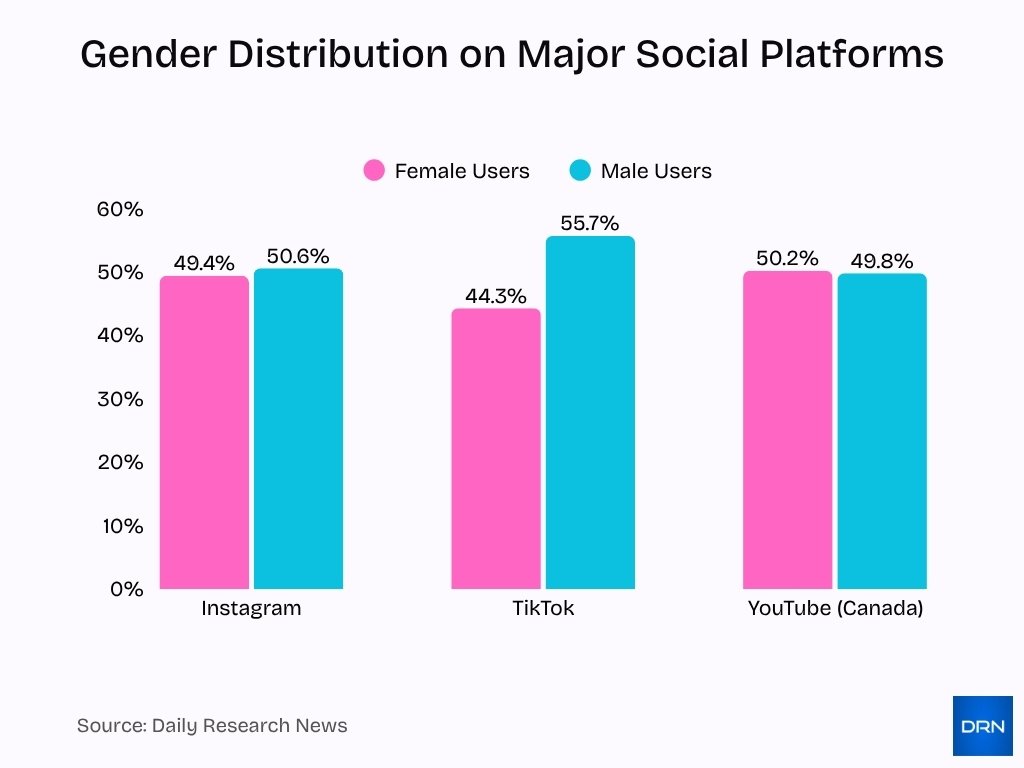
- Among U.S. adults, nearly 98% of 18-29-year-olds used the internet by 2023-24.
- Among older Americans (65+), internet usage remains lower, around 90% or less.
- Females globally approach male levels of connectivity in many regions but still trail in some low-income settings.
- Across platforms, younger age brackets (18-34) dominate usage and engagement.
- The age group 25-34 accounted for roughly 35.6% of internet users in one estimate.
- Among global users aged 65+, connectivity remains far below that of younger groups, contributing to inclusion gaps.
Most Visited Websites Worldwide
- The website Google ranked #1 globally in 2025 in terms of traffic.
- Google had ~83 billion monthly visits and ~3.17 billion unique visitors as of mid-2025.
- The top five sites in 2025 also included YouTube, Facebook, Instagram, and ChatGPT.
- Average pages per visit to Google.com were ~8.86 as of October 2025.
- Wikipedia remained among the top websites with ~908 million monthly unique visitors.
- The list of the 100 most visited websites shows heavy concentration; a small number of domains capture a large share of global web traffic.
- The ranking of most visited websites remains fairly stable year-to-year, even as traffic volumes grow.
Social Media Usage Statistics
- On Instagram in 2025, 60% of users were under 35 years old; the 18-24 age group made up 31.7%.
- On TikTok in 2025, the largest age group was 25-34 (35.3%).
- In the U.S., half of adults say they use Instagram.
- Globally, more than 97% of connected adults visited at least one social platform in the last month in early 2025.
- The share of internet users engaging in social platforms continues to increase even as new users join from less-connected regions.
- Gender distribution on some platforms remains slightly male-skewed (e.g., TikTok 55.7% male in 2025), but platforms such as Instagram approach parity.
Internet Censorship and Freedom
- A Pew Research survey in 2025 found the median share saying their country’s internet use was completely free was ~50%.
- In the same survey, a median of ~28% of adults said the media in their country were completely free to report news.
- 103 countries saw an uptick in internet censorship incidents in the period leading up to 2025.
- The Freedom House “Freedom on the Net” project reported global internet freedom declines, including increased content restrictions and surveillance.
- Legal penalties for online expression increased in recent years, with 41 countries blocking content protected by international human-rights laws.
- In one region of China (Henan province), users were blocked from access to ~4.2 million domains between 2023-25, more than five times the national average.
- Even in democracies, concerns around platform regulation, algorithmic moderation, and state surveillance are shaping digital-freedom debates.
Online Security and Privacy Statistics
- Over 80% of the global population is now covered by data privacy laws as of 2025.
- 92% of Americans are concerned about their online privacy, but only 3% understand current privacy laws.
- In 2025, public data breaches increased by 5%, with 1,732 incidents reported in the first half of the year.
- Older adults in the U.S. lost over $3 billion to cybercrime, marking an 11% increase from the previous year.
- Mobile-only households face higher privacy risks due to weaker app ecosystem regulations, especially in low-income areas.
- Global end-user spending on cybersecurity and risk management is projected to reach $212 billion in 2025, a 15% increase.
- AI is used by cybercriminals to automate phishing, deepfakes, and adaptive malware, increasing attack sophistication.
- Around 40% of older adults report fraud attempts involving requests for money or sensitive information online.
- 72% of data breaches involve cloud-stored data, which has the highest average breach cost at $5.05 million.
Frequently Asked Questions (FAQs)
It grew by about 22 % in 2024 and reached roughly 1,479 Tbps total capacity.
About 11 billion mobile connections, around 37 % more than the global population.
Around 97.7 % penetration.
Approximately 6 hours and 38 minutes per day.
Conclusion
The global internet landscape continues its expansion in both reach and depth. More than two-thirds of the world now uses the internet, yet digital divides persist across gender, age, income, and geography. Connectivity alone is no longer sufficient; quality of access, freedom of use, privacy, and security matter too. Whether in developed or emerging markets, the data show both interlinked growth and increasing complexity. Businesses, educators, and policymakers must move beyond access metrics to embrace the full spectrum of connectivity, inclusion, and rights.



















